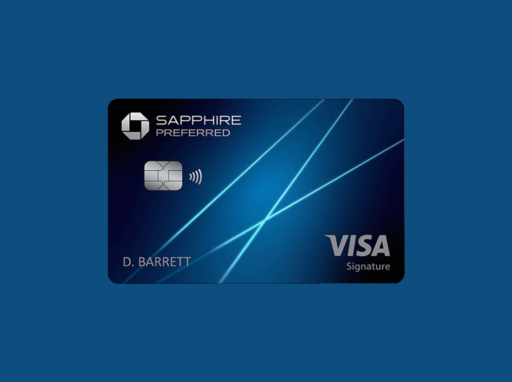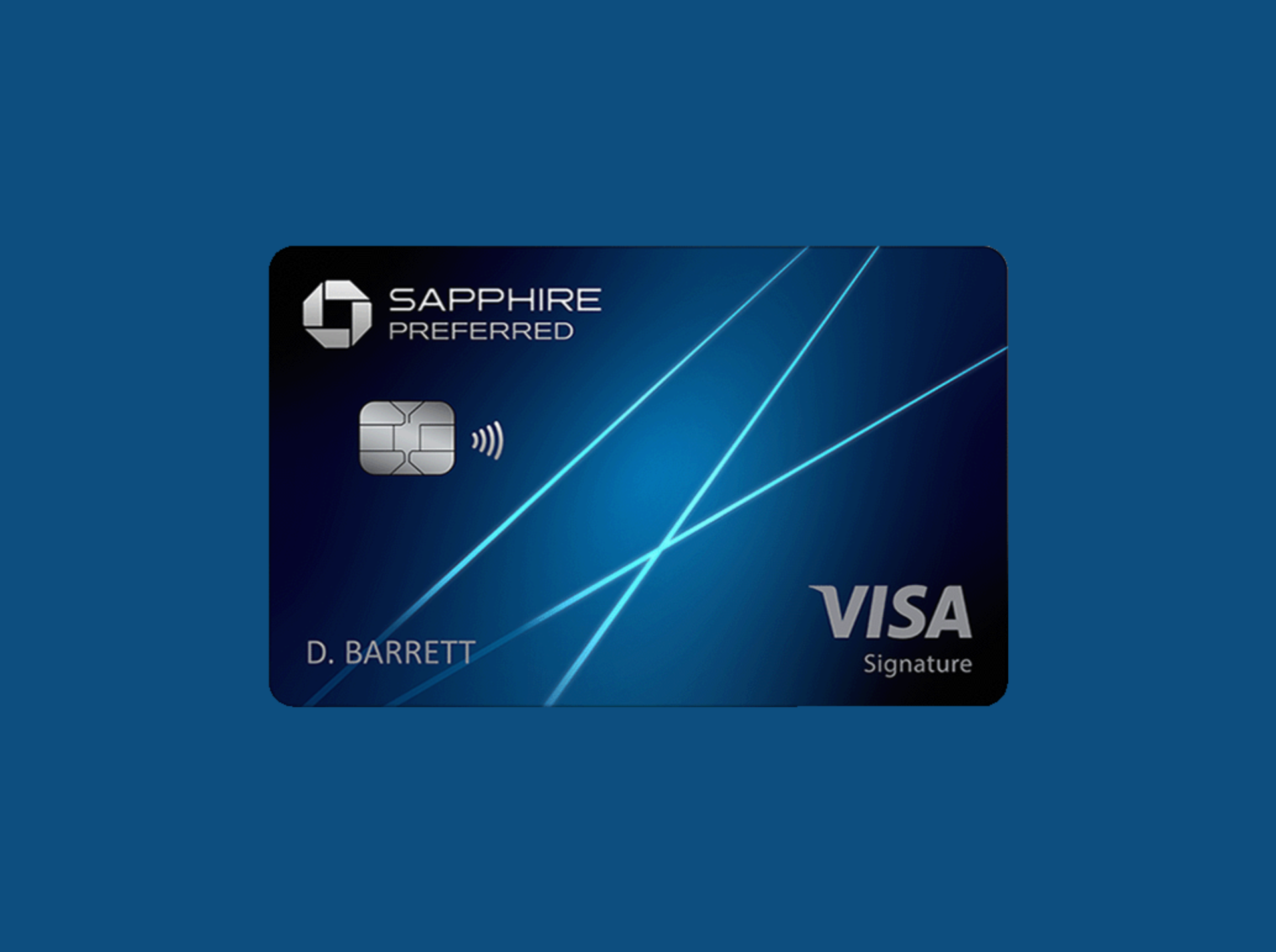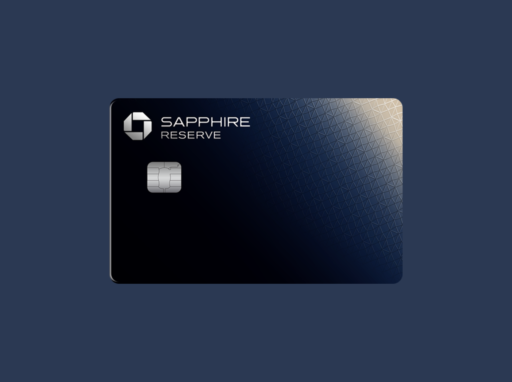*Wallet Monkey may receive compensation through our partnership with advertisers when you click on links to offers on this page. Terms apply to the offers listed on this page. Opinions expressed here are WalletMonkey’s alone, not those of the credit card issuer, and have not been reviewed, approved, or otherwise endorsed by the credit card issuer.
If you’ve been Googling “best travel credit card,” chances are you’ve run into the Chase Sapphire Preferred® Card more than once. It’s everywhere, and for good reason. With a solid welcome bonus, travel perks, and flexible points, this card has built a strong reputation over the years.
But now it’s 2025, and there are tons of flashy new cards on the market. So here’s the big question: Is the Chase Sapphire Preferred card still worth it today? Let’s walk through what it really offers, who it’s best for, and whether it’s the right fit for you.
Table of Contents
What the Chase Sapphire Preferred Offers
Here’s a quick overview of what you’re getting:
- Here’s a quick overview of what you’re getting:
- Annual Fee: $95
- Sign-Up Bonus: 75,000 bonus points after you spend $5,000 on purchases in the first 3 months
- Ongoing Rewards:
- 5x points on travel booked through Chase Travel℠
- 3x on dining, online grocery, and select streaming services
- 2x on all other travel
- 1x on everything else
- No Foreign Transaction Fees
- Travel Insurance Perks: Lost luggage, trip cancellations, rental car insurance, and more
- Points System: Ultimate Rewards points (more on why those matter in a second)
Why People Love the Chase Sapphire Preferred Card
1. It Rewards You for the Stuff You Actually Do
Let’s be real, most of us spend a good chunk of our money on food and travel. Whether it’s booking a flight, ordering Uber Eats, or stocking up on groceries online, this card gives you points for things you’re already doing.
The 3x points on dining and online groceries can add up fast. And the 5x on Chase Travel? That’s where things get really interesting if you’re planning a vacation (or even just a weekend getaway).
2. That Welcome Bonus Packs a Punch
The 75,000-point bonus is the kind of offer that makes people pay attention, and for good reason. If you redeem those points through Chase Travel, they’re worth up to $1,312.50. That’s a round-trip flight. A few nights in a hotel. A serious chunk off your next trip.
You just have to spend $5,000 in the first 3 months to get it, which is doable if you time it with a few big purchases (or just your regular monthly bills).
3. Flexible Points = More Options
This is where the Sapphire Preferred really pulls ahead of the pack. With Chase Ultimate Rewards points, you’ve got two main options:
- Redeem through Chase Travel for up to 75% more value
- Transfer to top travel partners like Hyatt, United, or Southwest at a 1:1 ratio
If you’re willing to put in just a little effort, transferring points can often get you more than 1 cent per point, meaning you’re squeezing even more value out of every dollar you spend.
4. Built-In Travel Protections (That Actually Work)
One of the underrated perks? Real travel insurance. If your flight gets delayed, your bags don’t show up, or you get in a fender bender with your rental car, this card has your back. It includes:
- Trip delay and cancellation coverage
- Lost luggage reimbursement
- Primary rental car insurance (not the usual “secondary” coverage)
Most $95 cards don’t offer this kind of protection. And if you’ve ever been stuck in an airport overnight without compensation, you know how valuable this is.
What You Should Know Before Signing Up
No credit card is perfect. Here’s what to watch for:
1. It’s Not a Cashback Card
If you prefer cold hard cash back rather than travel rewards, this might not be the card for you. The value comes when you redeem for travel, either through Chase or by transferring to a partner.
2. You Need Good Credit to Qualify
This isn’t an entry-level credit card. You’ll typically need a credit score of 700 or higher to qualify, plus a healthy income and low debt load. With that being said, it’s essential to note that approval is not guaranteed.
3. There’s No 0% APR Intro Offer
Unlike some cards that let you pay off purchases over time interest-free, this one doesn’t offer a 0% APR intro period. If you tend to carry a balance, look elsewhere.
How the Chase Sapphire Preferred Stacks Up Against Similar Cards
| Feature | Chase Sapphire Preferred | Capital One Venture | Amex Gold |
|---|---|---|---|
| Annual Fee | $95 | $95 | $325 |
| Travel Redemption Boost | Yes (75% w/ Points Boost) | No | No |
| Dining Rewards | 3x | 2x | 4x |
| Grocery Rewards (Online) | 3x | 2x | 4x (U.S. supermarkets) |
| Points Transfer Partners | Yes | Yes | Yes |
| Travel Protections | Strong | Average | Strong |
Who This Card Makes the Most Sense For
You’ll get the most out of the Chase Sapphire Preferred if:
- You travel at least once or twice a year
- You spend regularly on dining or online groceries
- You’re open to using points for travel rather than cash back
- You want great travel insurance without a huge annual fee
But if you’re someone who rarely travels or just wants simple cash back, you might be better off with something like the Citi Double Cash or Chase Freedom Unlimited® Credit Card.
Final Verdict: Is the Chase Sapphire Preferred Card Worth It in 2025?
Yes, this is still one of the best mid-range travel rewards cards available. The welcome bonus alone makes it a strong contender, and the ongoing rewards on dining, groceries, and travel help you earn points without changing how you spend.
If you’re looking to dip your toes into travel rewards without diving into a $795 annual fee territory (like the Chase Sapphire Reserve® Credit Card), this is a great place to start.
But if you’re not into travel or prefer straight-up cashback, you might want to keep looking.
FAQs Chase Sapphire Preferred Card
1. Is the Chase Sapphire Preferred hard to get?
Yes, you’ll typically need good to excellent credit (around 700+).
2. Can I downgrade the card later?
Yes, Chase lets you downgrade to a no-fee option like the Freedom Flex if the card no longer fits your lifestyle.
3. What’s the best way to use Chase points?
For max value, redeem them for travel through Chase Travel (for a 75% boost) or transfer to airline/hotel partners.
4. Does the card have foreign transaction fees?
Nope, perfect for international travel.
5. Is it better than the Sapphire Reserve?
The Reserve has more perks but costs $795/year. If you don’t travel frequently enough to justify that, the Preferred is likely the better fit.





![Chase Credit Card Review [Complete 2024 Guide]](https://blog.walletmonkey.com/wp-content/uploads/2024/10/Chase-Credit-Card-Review-blog-post-512x288.png)